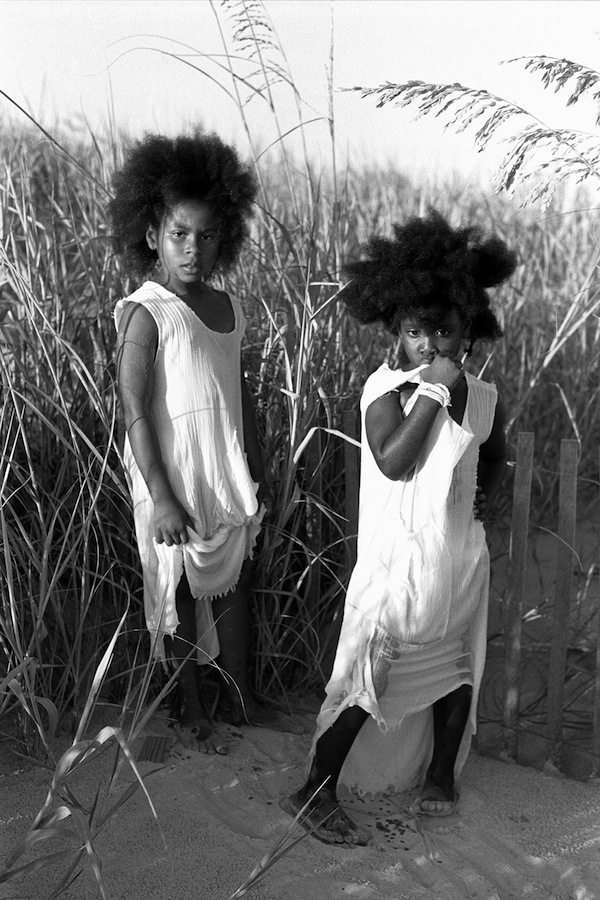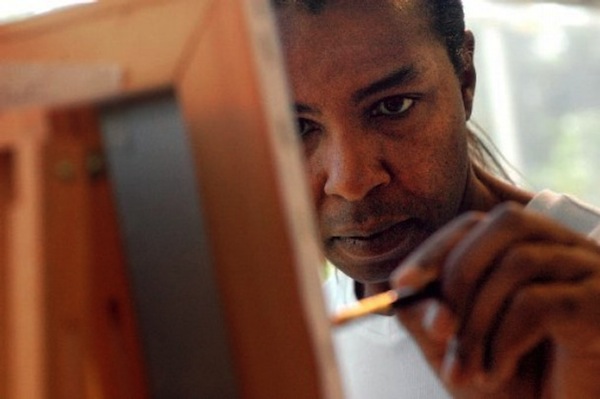
Gantt Center opens three exhibits celebrating Southern culture
By Dias Dobson, Harvey B. Gantt Center for African-American Arts +Culture Three exhibitions, each providing a unique and inspirational view into the lives of African-Americans in the South, will open March 30, 2013 at the Harvey B. Gantt Center for African-American Arts +Culture. Through their work, artists Jonathan Green, David Herman and Julie Moos celebrate characteristics unique to the Southern United States, including the Gullah Geechee Culture and the southern Baptist church.
Each painting in Jonathan Green: Spiritual Journey of Life is a testament to the motivating power of place as the artist draws inspiration from his own personal experiences, family traditions, and community life in the Southern United States. Although Green looks to the familiar images of his Low Country birthplace and the Gullah culture for the subjects of his work, his appeal and perspective are truly modern and cosmopolitan.
David Herman, another son of the Gullah Geechee people, has roots deeply embedded in the soil of South Carolina. His traveling exhibition, Etched in the Eyes: The Spirit of a People Called Gullah Geechee, is part of an ongoing initiative designed to document the African Diaspora along the eastern coastline of North Carolina, South Carolina, Georgia, and Florida. Herman communicates the strong tie to his homeland and ancestry through photography, video, and writing.
Canadian photographer Julie Moos captures a generation of women who have been active citizens, church members, and civil rights activists. Through a series of 14 photographs of the senior sisters of Birmingham, Alabama’s new Pilgrim Baptist Church, Moos utilizes her signature style to invite the viewer to compare individuals through an unrestrained formalism that clearly demonstrates the equality of all people. This collection, entitled I Got Freedom Over My Head: Portraits by Julie Moos, also documents a powerful group of women whose contributions to their community are invaluable.
Together the three shows deliver a powerful statement about African-American culture in the South.

